Today we’re visiting with Lee, who gardens in central New York State. We’ve visited Lee’s garden before (Early Spring Blooms from the Mohawk Valley).
Greetings from the Mohawk Valley. We’re in our winter lull, as most of us are in the top half of the country. It has been a mellow winter thus far, and I’m looking for that to continue, though one storm can change the entire ballgame. Here are some pics of beautiful tulips I put together—nothing really special but lots of color.
I wish everyone an early transition into spring so we all can get going.
 The color of this classic, brilliant red tulip and the distinctive blotch at the center of the bloom are thought to have developed to promote pollination by beetles around the Mediterranean where wild tulips are native.
The color of this classic, brilliant red tulip and the distinctive blotch at the center of the bloom are thought to have developed to promote pollination by beetles around the Mediterranean where wild tulips are native.
As wonderful as brightly colored, bold tulips are, the soft tones have their own subtler attraction. This white tulip with dew on it is an elegant beauty.
Double-flowered tulips boast extra layers of petals that totally change the look of the flower. This one also adds dramatic flames of red to the bright yellow petals. Just what you need after a long winter!
Not fully double, a few extra petals add interest to this lovely pink tulip.
This double is so full it almost doesn’t look like a tulip anymore. No wonder such flowers are sometimes called peony-flowered tulips.
Here are two different red-and-yellow tulips. The ones in the back are called fringed tulips because each petal edge is lined with a delicate fringe. The intricacies of these blooms beg to be looked at up close, so site them near the edge of a path or cut some to enjoy in a vase.
Fringed AND double, this pink variety is a frothy spring confection.
Parrot tulips have unusual petals that look a little shredded rather than fringed and often twist into unusual shapes, sometimes marked with splashes of green. This one looks like the classic variety ‘Black Parrot’.
What blooms are you most looking forward to seeing this spring?
Have a garden you’d like to share?
Have photos to share? We’d love to see your garden, a particular collection of plants you love, or a wonderful garden you had the chance to visit!
To submit, send 5-10 photos to [email protected] along with some information about the plants in the pictures and where you took the photos. We’d love to hear where you are located, how long you’ve been gardening, successes you are proud of, failures you learned from, hopes for the future, favorite plants, or funny stories from your garden.
Have a mobile phone? Tag your photos on Facebook, Instagram or Twitter with #FineGardening!
Do you receive the GPOD by email yet? Sign up here.
Fine Gardening Recommended Products
The Nature of Oaks: The Rich Ecology of Our Most Essential Native Trees
Fine Gardening receives a commission for items purchased through links on this site, including Amazon Associates and other affiliate advertising programs.
The Nature of Oaks reveals what is going on in oak trees month by month, highlighting the seasonal cycles of life, death, and renewal. From woodpeckers who collect and store hundreds of acorns for sustenance to the beauty of jewel caterpillars, Doug Tallamy illuminates and celebrates the wonders that occur right in our own backyards. He also shares practical advice about how to plant and care for an oak, along with information about the best oak species for your area.
Bee Watering Station with Vivid Flower Design
Fine Gardening receives a commission for items purchased through links on this site, including Amazon Associates and other affiliate advertising programs.
Thoughtful Combo: You will receive a bee feeder and 30 glass marbles. This thoughtful combo can provide clean water for the bees, you just need to put the marbles into the bee watering station, add water (note: the water level should not exceed the height of the marbles) and hang them in the right place. The round, colored marbles can provide a place for the bees to stand and prevent them from falling into the water, effectively keeping the bees safe. Fine Material: This exquisite bee bath is made of high quality iron material, smooth surface, rust and weather resistant, not easy to fade, sturdy and reliable. Bee cups for garden can well meet the drinking water needs of lovely bees, and it can also provide food for bees, such as sugar water, nectar, etc., attracting more bees to your outdoor area and making your garden full of vitality. Perfect Size: The butterfly watering station has an overall height of 13.4 inches, a bowl diameter of 9.4 inches, and a weight of 0.44 pounds. The bee cup serves the needs of the bees well without plunging them into dangerously deep water or taking up unnecessary space in your garden, and this compact and efficient design makes it a practical addition to any outdoor space. Elegant Design: Our bee watering cups are designed in unique flower shapes with vibrant and realistic colours to attract lovely bees to your garden and patio, bee feeders for outside are not only functional but can also be used as a landscaping element, their vibrant floral patterns enhance the beauty of your garden. Multicolored Decoration: Colorful bee water stations look like flowers in a garden, flower bed or pot and attract bees and butterflies. They can drink or bathe in bee feeders, which are highly decorative and practical.
Lee Valley Mini Garden Shear Set
Fine Gardening receives a commission for items purchased through links on this site, including Amazon Associates and other affiliate advertising programs.
These shears have a distinctive finger rest that not only aids grip but allows greater freedom of movement than a conventional handle design. They have a durable powder-coat finish to resist rust and wear, and a simple clasp that locks the spring-action stainless-steel blades closed. The set includes one pair of round-nose shears measuring 5 1/2" overall with 1" blades for cutting stems up to 3/8" in diameter, and one pair of 6 1/2" needle-nose shears with 2" fine-tip blades for precise work.

 The color of this classic, brilliant red tulip and the distinctive blotch at the center of the bloom are thought to have developed to promote pollination by beetles around the Mediterranean where wild tulips are native.
The color of this classic, brilliant red tulip and the distinctive blotch at the center of the bloom are thought to have developed to promote pollination by beetles around the Mediterranean where wild tulips are native.

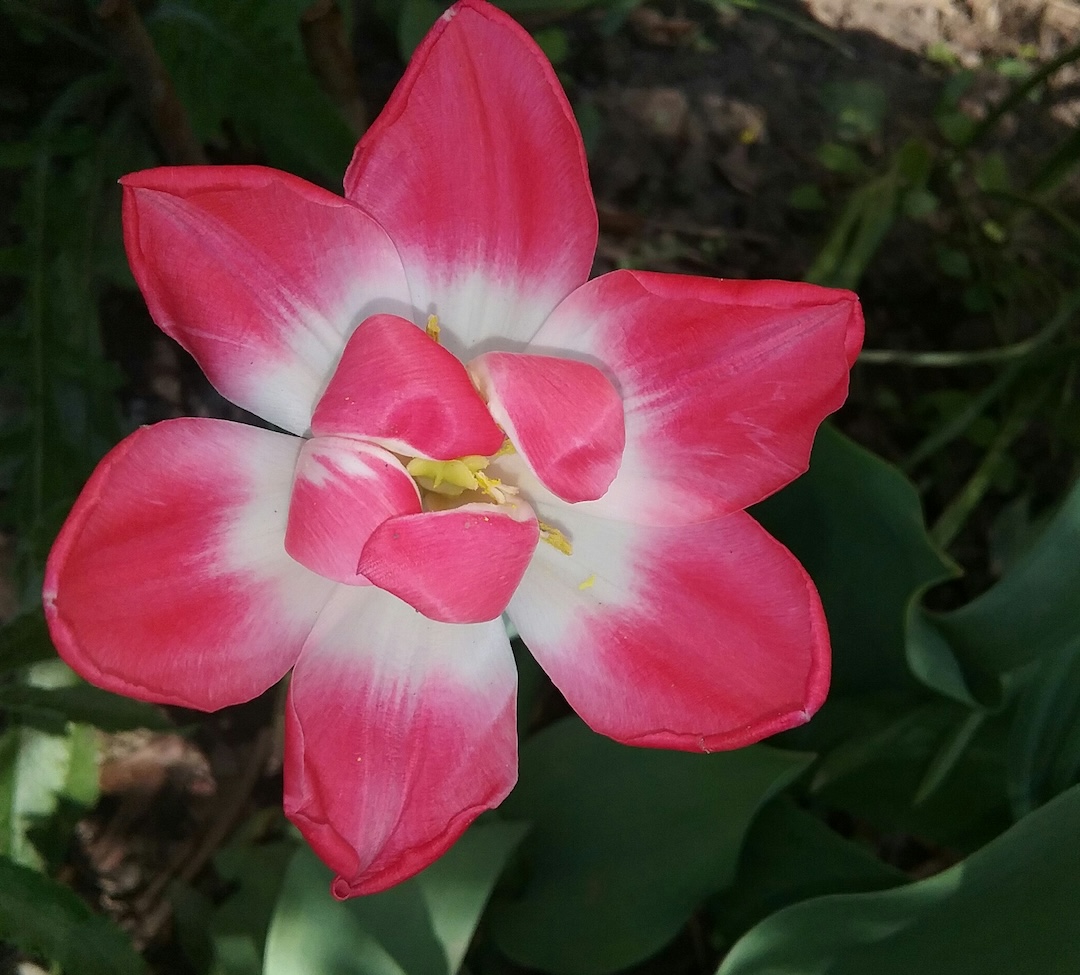




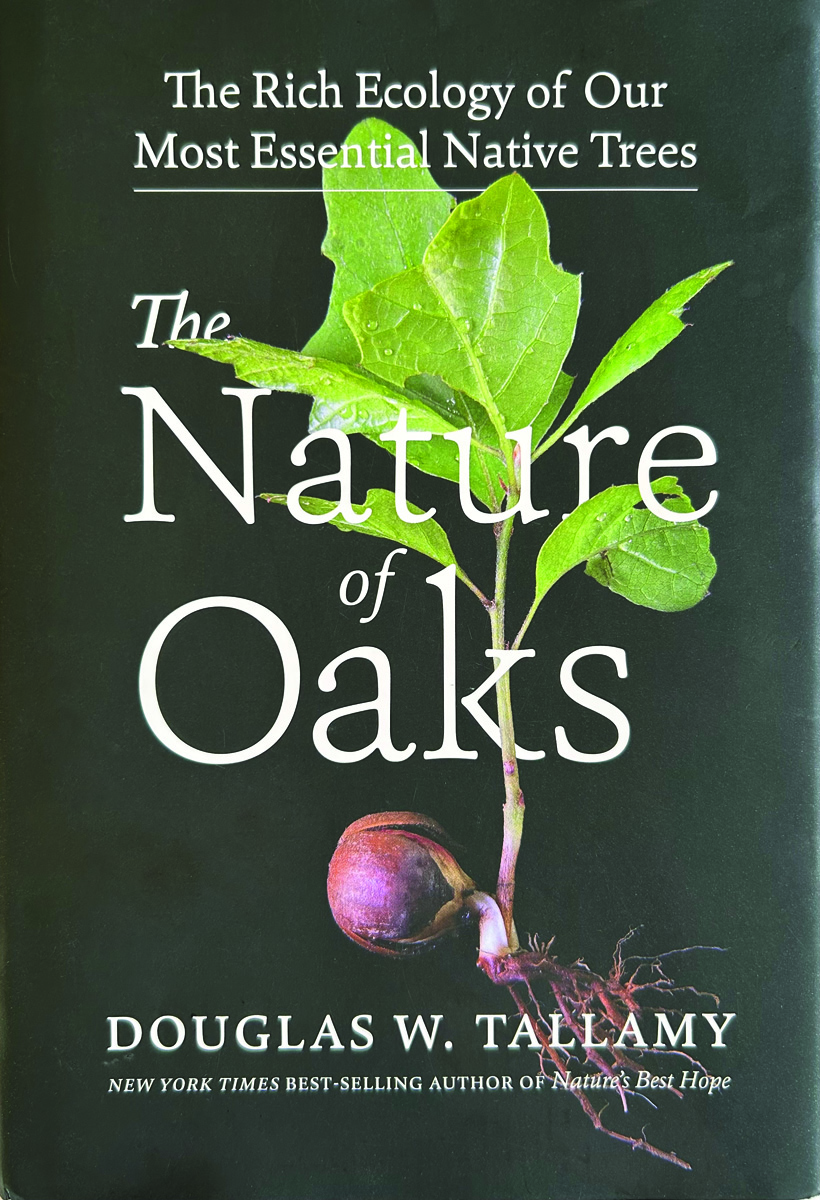
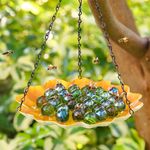



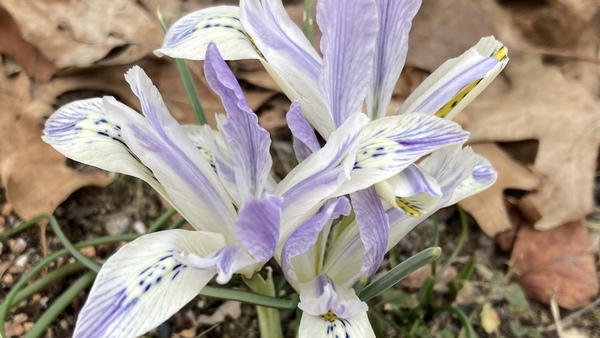


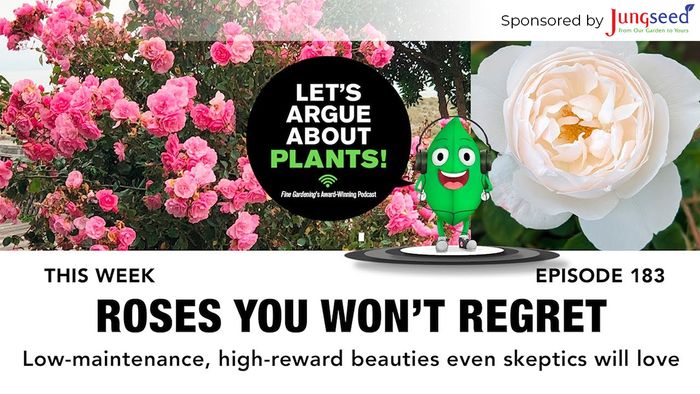
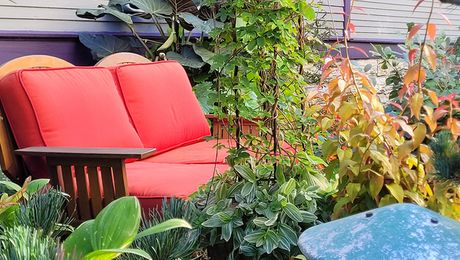
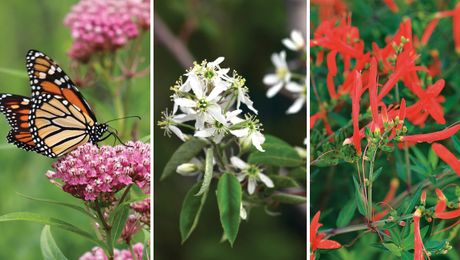







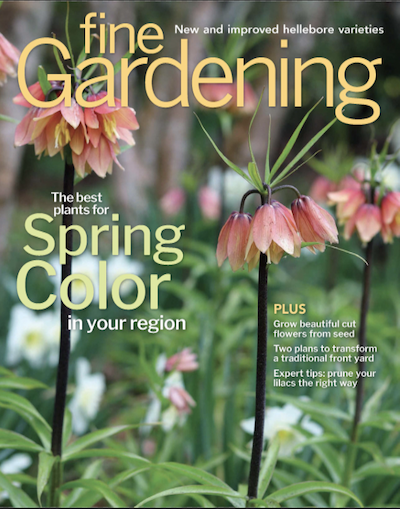


Comments
Thanks for sharing the special tulips in your garden. It helps me anticipate the tulips that will come the the community garden I help tend: Dordogne, Caravelle Design, Chinatown, Green Star, Eastern Star (T. humilis, a small species variety), plus a new variety called 'Slawa'. We had 'Minton' but its numbers have been diminishing each year in our Philadelphia climate.
Great Tulip photos, your fringed varieties are so unique and beautiful!
Log in or create an account to post a comment.
Sign up Log in